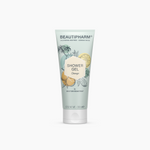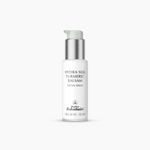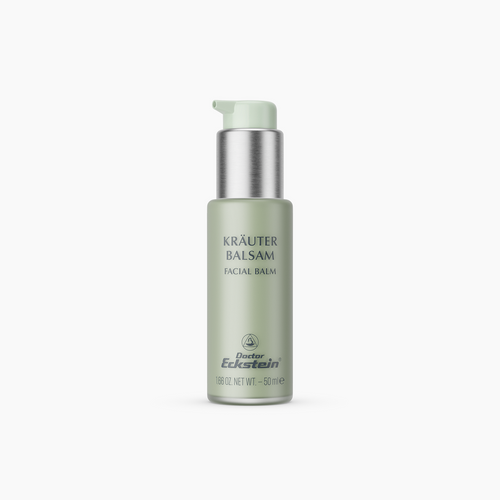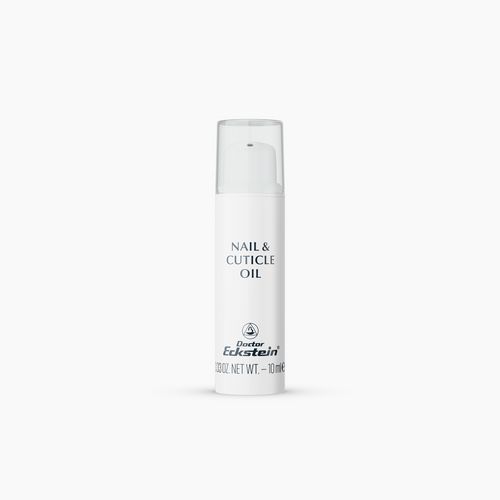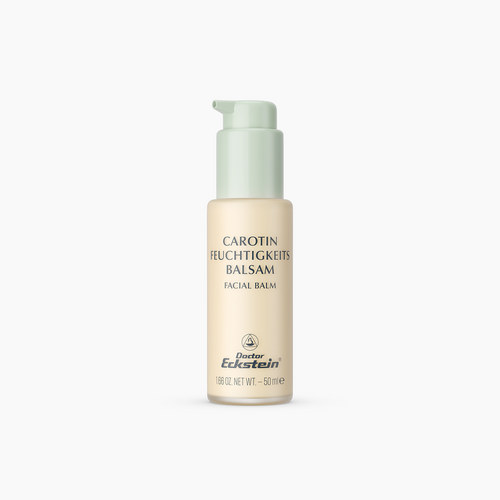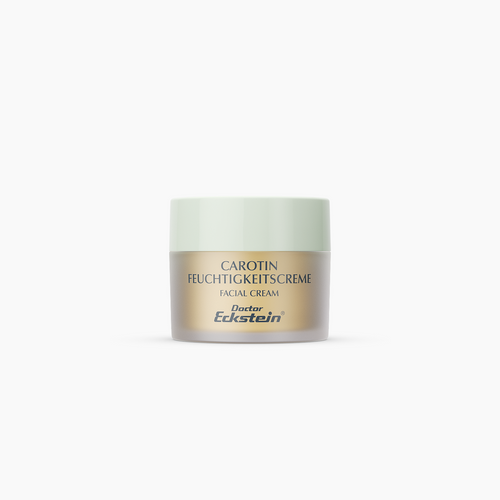What is Beta Carotene? Beta carotene is an orange pigment from plants that is an antioxidant and carotenoid.
It occurs in nature wherever cells have to protect themselves particularly well against oxidation: in the area of cell power plants, the mitochondria and in the photosynthesis centers of green plants. That is why vegetables are so healthy. But the skin also protects itself against oxidation with beta-carotene. Interestingly, the supply does not come directly from the bloodstream, but takes the detour via the sebaceous glands, so that the skin is supplied with carotenes from the outside. It is therefore no more obvious than to do the same to the skin and to support its own oxidation protection with carotenoids in sebum-like cream bases.
Skin Care Tip - Carotene creams not only support natural protection against oxidation and premature skin aging: the color also ensures a beautiful, fresh complexion. That is why the creams are also ideal after a night of dancing.

Beta Carotene = Provitamin A
If provitamin A - beta-carotene - is added to the body, it is converted into vitamin A. This makes it possible to influence and balance the functions of the skin with externally applied beta-carotene preparations. Beta-carotene is particularly important as an antioxidant. Due to its intense color, the use is unfortunately limited.
Carotenoids in Nature
In addition to fruit and vegetables, the bright orange of beta-carotene and other carotenoids, such as Lycopene, all around us. Because although you sometimes can't see the carotenoids, they're there.
In spring and summer the leaves of the trees are green, in autumn the chlorophyll breaks down in the leaves - the carotenoids become visible and the leaves turn yellow and orange. If carotenoids are ingested in very high amounts, they can even affect the physical appearance! Flamingos, for example, are born gray - their bright orange-pink color is created by the carotenoids from food.
Carotenoids are firmly integrated in some vegetables and fruit. So e.g. in carrots, in butternut squash, in red peppers, in spinach, in mangoes or apricots. In order to expose them and make them available to the body, their cell structures must be destroyed. This works, among other things, by cooking or chewing. The carotenoid yield can thus be increased five-fold in some cases.

Beta Carotene Recipe Tips
If you gently prepare the carrots by briefly searing individual strips in a little hot oil and simmering with cream, a little white wine, tomatoes and a homemade red pesto for about half an hour - then you have a lot of carotenoids on your plate - and one of mine Favorite Spaghetti. Another of my favorites is to cut sweet potatoes into slices, put them on a baking sheet and drizzle them with olive oil. Then season with salt and pepper and bake! It's easy to do and very delicious.
Wishing you happy skin,
Dr. Verena Eckstein, ND
Disclaimer: The purpose of this blog is to share interesting scientific literature and skin care tips. This blog is not intended to provide diagnosis, treatment or medical advice. Content provided on this blog is for informational purposes only. Please consult with a physician or other healthcare professional regarding any medical or health related diagnosis or treatment options. Information on this blog should not be considered as a substitute for advice from a healthcare professional. The statements made about specific products are not to diagnose, treat, cure or prevent disease.
